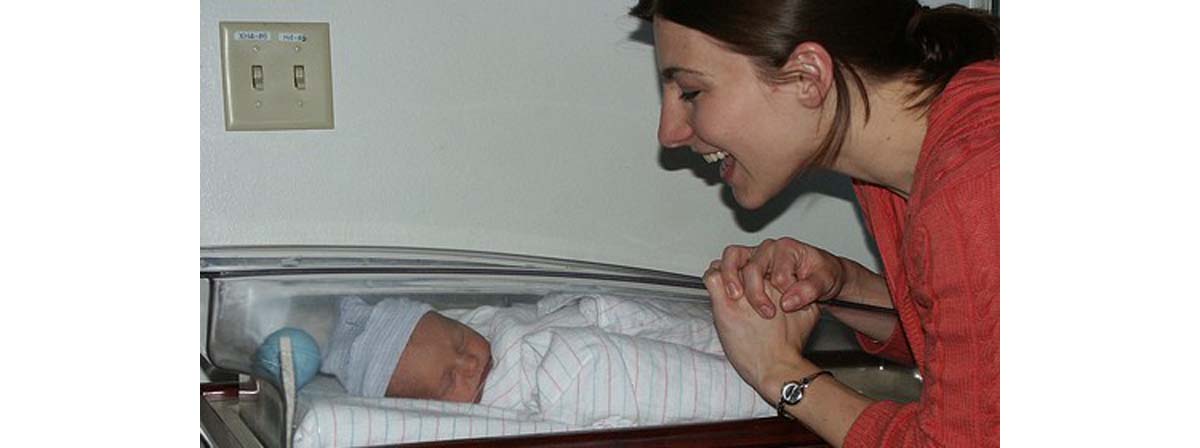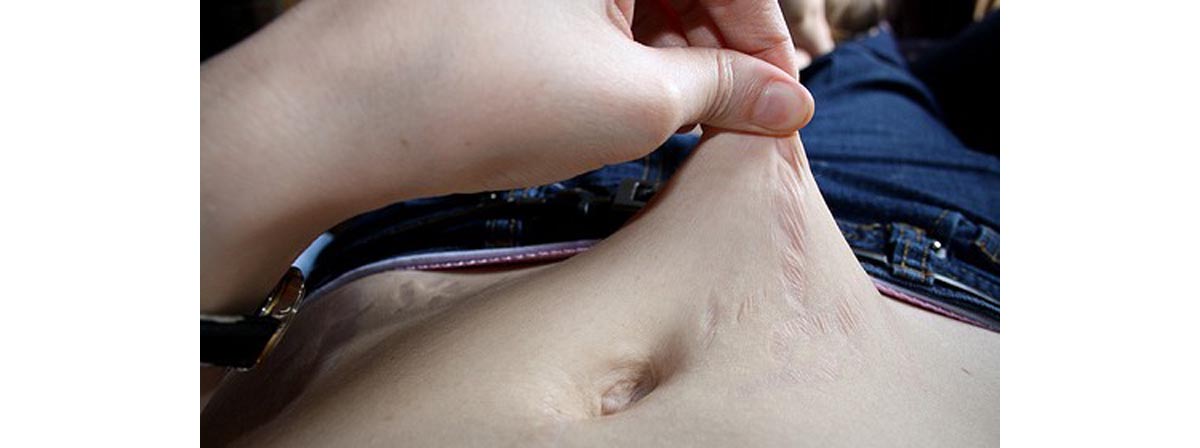Most mothers feel a little rough right after giving birth. You are likely to be sore and in discomfort whether you have given birth vaginally or had a cesarean section, and you probably still look quite pregnant. You'll soon feel exhausted from a lack of sleep as well. Time tends to be a great remedy for these “wounds”, but do you really want to wait?

There are many proactive steps that newly postpartum mothers and their families can take to speed their recovery up.
How can you feel like a well-rested, fit, and healthy human again as soon as possible?
Dealing With Vaginal Tears And Postpartum Contractions
Many new mothers who gave birth vaginally will either have tears, or an episiotomy wound with stitches. Both can be extremely uncomfortable while you sit or walk, but especially while you use the toilet. Going to the bathroom was very painful for me in the week after my first child was born — it was literally worse than labor and birth.
Fortunately, there is an easy solution.
This takes the burning, stinging sensation away. It also helps if you ensure you are properly hydrated, so that your urine is less concentrated and will thus burn less.
Mothers who are in pain can also use an icepack on their perineal area to numb it, and herbal sitz baths are another great option if you would like to speed the healing process up a little. A sitz bath is a little basin that fits into the toilet. You can fill it with water and baking soda, or you can add comfrey leaves, calendula flower and St John's Worth flower. Applying aloe vera gel directly to the torn or cut area offers relief as well.
Postpartum uterine contractions are another common problem during the first few days, and they are especially likely to affect women who just gave birth to a second or subsequent child. These uncomfortable contractions tend to show their ugly face while you are breastfeeding.
Over-the-counter pain killers such as ibuprofen or Tylenol can make life a lot more pleasant.
Faster Cesarean Recovery
Abdominal pain and discomfort at the incision site are both problems that most women encounter after giving birth by cesarean section. Make sure to follow your doctor's recommendations if you want to get through this period as quickly and comfortably as possible.
Post c-section moms will be given strong painkillers when they go home. Don't feel that you have to “tough it out”, and feel free to rely on the painkillers. A c-section is, after all, major abdominal surgery. Doctors advise cesarean section mothers to start walking within 24 hours of the operation in order to encourage healing and to promote fitness.
Drinking plenty of water and eating a healthy diet full of fresh fruits and vegetables will help you feel like your normal self more quickly. Do check the incision for signs of infection daily. If you like, you can use St John's oil or zinc cream to promote healing and discourage too much scarring.
The most important tip for c-section recovery is still to listen to your own body, and to take a rest when you feel you have been too active. You have just undergone an operation — you don't have to be super woman.
Weight Loss After Pregnancy
Looking pregnant after giving birth is very normal, but hardly what you were hoping for. Though walking is completely safe in the weeks after you give birth, all postpartum mothers should acknowledge that recovering from pregnancy and birth takes time.

Lochia, or postpartum bleeding, usually takes four to six weeks to subside. Your abdominal muscles will also need time to move back together after being separated to accommodate your growing baby. If you start working out too early, you can end up with diastasis recti, a permanent separation of the abdominal muscles. This is not charming.
Once you get the green light, you can start doing more rigorous workouts. You should always include some type of cardio exercise in your regime. For moms looking after small babies, jogging with the baby in a jogging stroller or cycling are the best options. You can use an indoor training bike for cycling, but once your baby can sit (at around six months), you can also use a kid seat on your real bike, and show your little one the world!
For your abs and other muscles, I recommend following along with Steady Health's exercise videos when your baby takes a nap. You may not be able to do a lot all at once, but every little bit counts. The Steady Health videos are really excellent (I've been using them myself recently!), and have the advantage that they don't require you to go to a gym or pay any money. A yoga mat, fitness ball and some dumbbells will really help you but you don't strictly need them.
Fighting Fatigue And Recovering Emotionally
Midnight heartburn, frequent bathroom trips and plain insomnia probably familiarized you with exhaustion while you were still pregnant. Now that you have a frequently-waking baby, it's a whole other story.
Do you have trouble getting through the day without falling asleep on the spot? If you are on maternity leave, don't fight the urge and sleep when your baby does. Some moms just can't seem to fall asleep during the day. In that case, you can still place your baby on your bed while you sleep, and read a great book, watch a movie, or browse the internet. This isn't as good as a full nap, but it will still help.
How about the house? Hire a cleaning lady or get your mom, a relative or a friend to help out (your partner is exhausted too, so don't even go there — believe me, this will lead to trouble).
The “baby blues” is another phenomenon that lots of new moms encounter. Crying, feeling emotional, and worrying if you are really cut out to be a mom are normal within the first few weeks. If, on the other hand, you find yourself having suicidal thoughts, not enjoying your baby at all, or losing all interest in... everything, you may be dealing with signs of postpartum depression.
Postpartum depression is also a normal occurrence, but a very difficult one that definitely needs professional help to get through. It is a good idea for pregnant women to ask people around them to watch out for signs of PPD once they give birth, because it can be hard to self-diagnose. Once you or someone around you spots the signs, your family doctor or OBGYN are good places to start looking for help.
- Photo courtesy of Philip Beyer by Flickr : www.flickr.com/photos/pjbeyer/376906974/
- Photo courtesy of Veronica Foale by Flickr : www.flickr.com/photos/sleeplessnights/3835970413/


Your thoughts on this